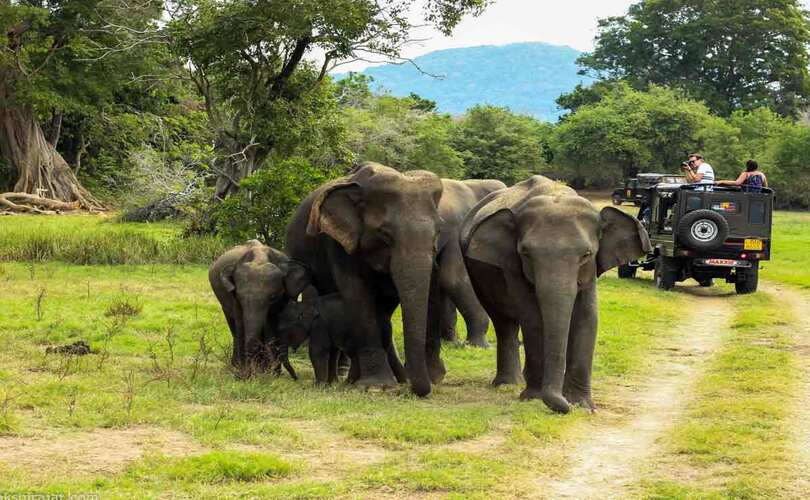Raimona National Park
Raimona National Park In Assam, India
Raimona National Park, located in the Kokrajhar district of Assam, India, is one of the newest national parks in India, declared in June 2021. Spanning an area of approximately 422 square kilometers, it is part of the Greater Manas Landscape and serves as an important extension of the Manas Tiger Reserve.
The park shares international borders with Bhutan’s Phibsoo Wildlife Sanctuary and is a critical corridor for wildlife movement between India and Bhutan. Raimona National Park is known for its diverse and rich biodiversity, with a mix of tropical evergreen and semi-evergreen forests, grasslands, and riverine ecosystems.
The park is home to a variety of flora, including sal trees, orchids, bamboo groves, and medicinal plants, contributing to the ecological balance of the region. The park is particularly significant for its mammalian diversity, serving as a habitat for the endangered golden langur, which is the flagship species of Raimona.
Other notable wildlife species include the Asiatic elephant, Bengal tiger, clouded leopard, Indian gaur (bison), wild boar, Himalayan black bear, and spotted deer. It is also part of the Bodoland Elephant Reserve, making it a crucial zone for elephant conservation. Birdwatchers will find Raimona a paradise, as the park hosts over 150 species of birds, including the great hornbill, wreathed hornbill, peafowl, woodpeckers, and migratory waterbirds.
The presence of reptiles like king cobras, Indian pythons, and monitor lizards adds to the park’s ecological importance. Apart from its biodiversity, Raimona National Park is culturally significant to the Bodo community, who have lived in the region for centuries. The park’s declaration as a protected area is a result of community-led conservation efforts in Bodoland, highlighting the importance of indigenous participation in wildlife conservation.
The park is accessible via Kokrajhar town, which has good connectivity through roads and railways. Raimona National Park is a symbol of sustainable conservation and biodiversity preservation, making it an exciting destination for wildlife enthusiasts, nature lovers, and eco-tourists. Its role in maintaining the ecological balance of the Indo-Bhutan landscape makes it a valuable addition to India’s protected areas.
Flora And Fauna
- Gee’s Golden Langur
How To Reach
Safari Timing
Best Time To Visit
Winter (November to February):- Better Wildlife Sightings – Golden langurs, elephants, and leopards are more active. Lush Greenery – The park remains vibrant and scenic after the monsoon.
Copyright © 2025 National Park in India. All Rights Reserved


